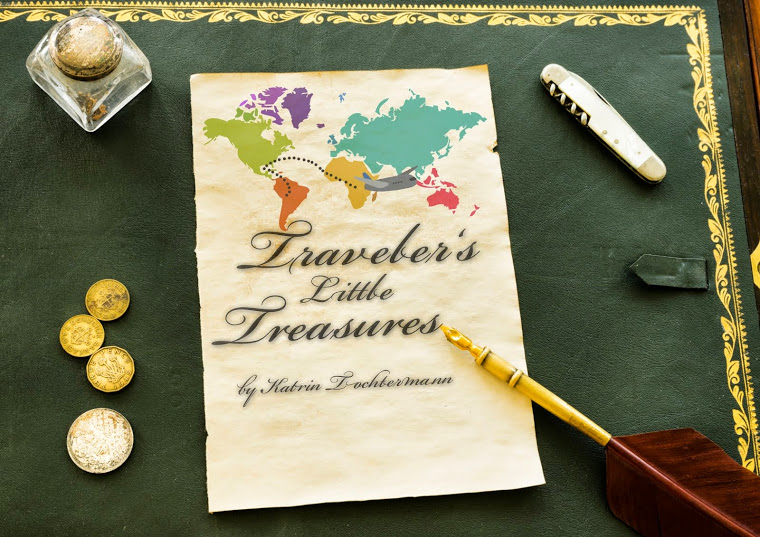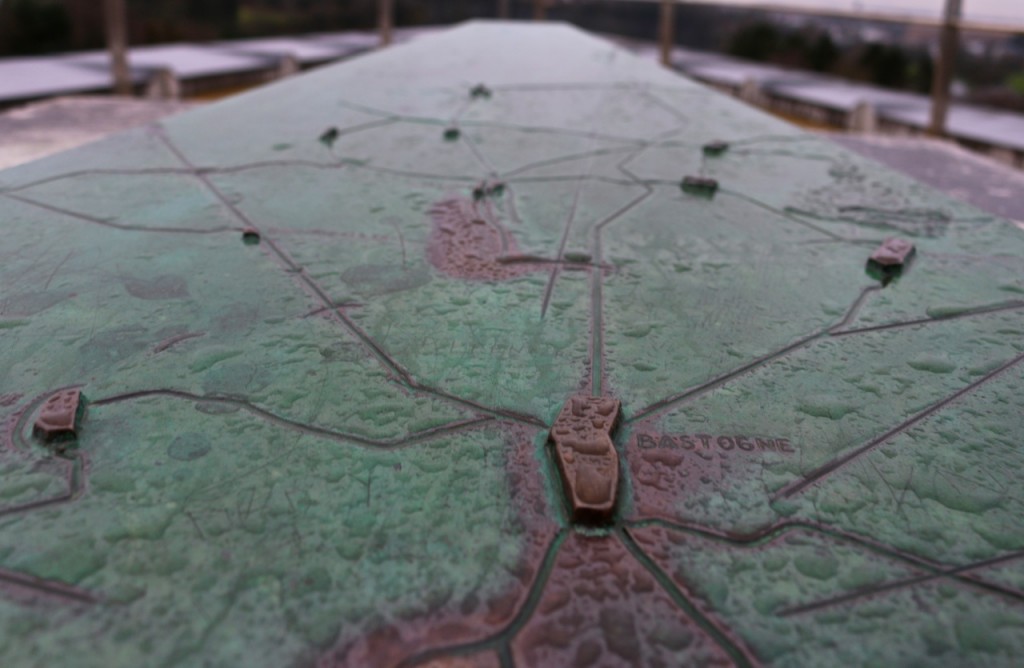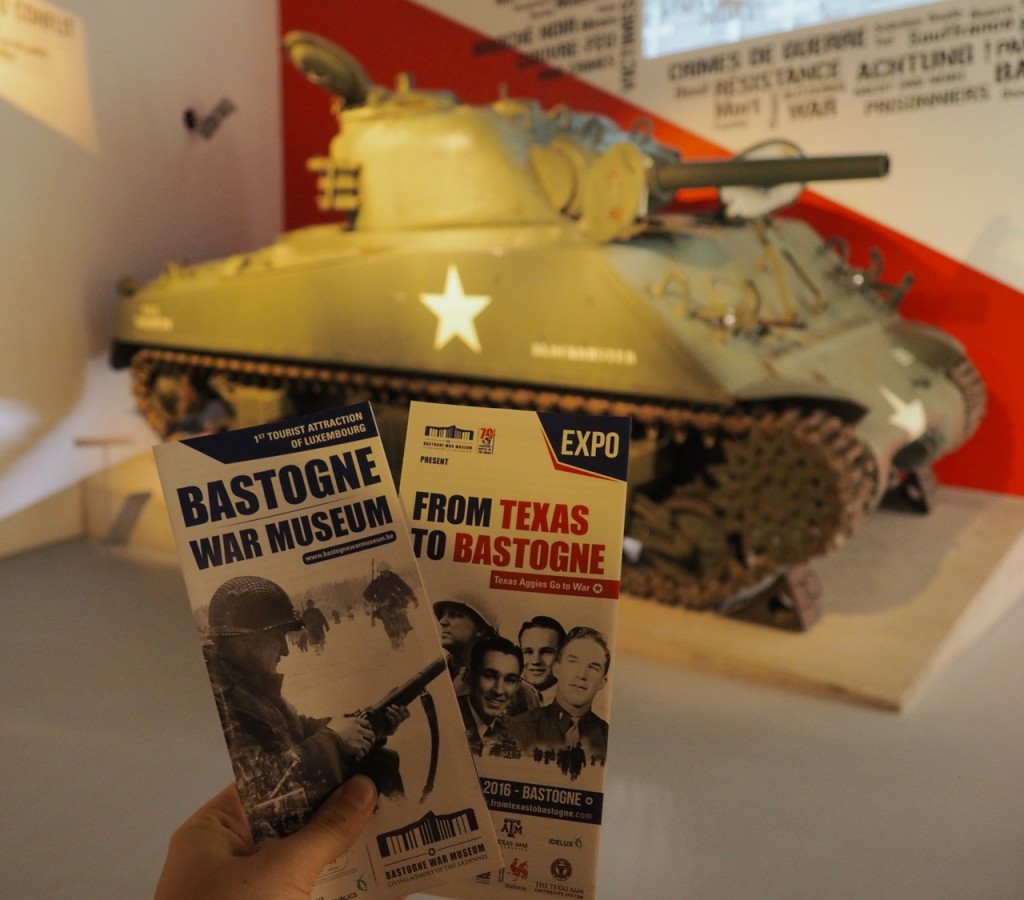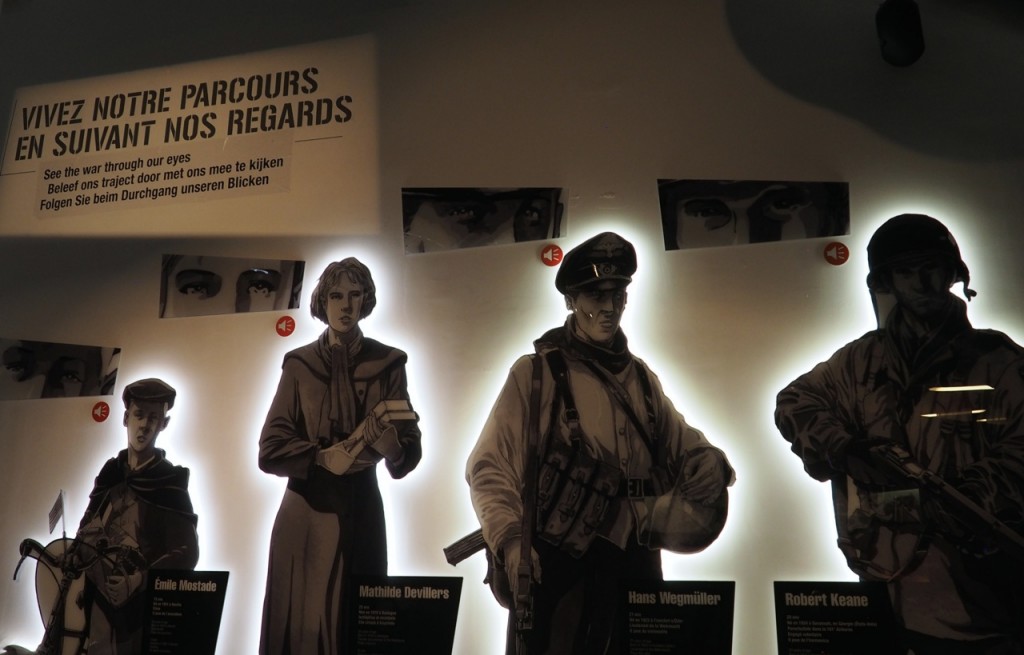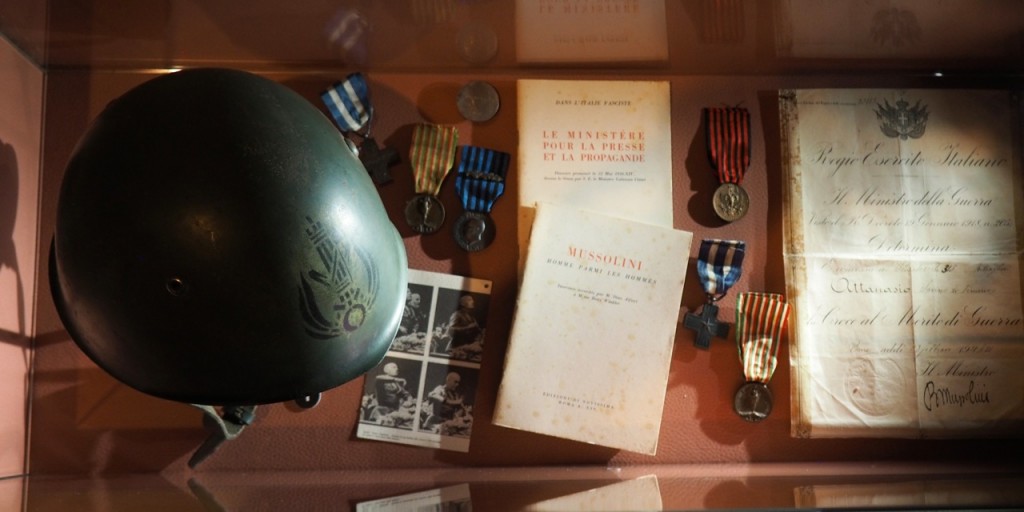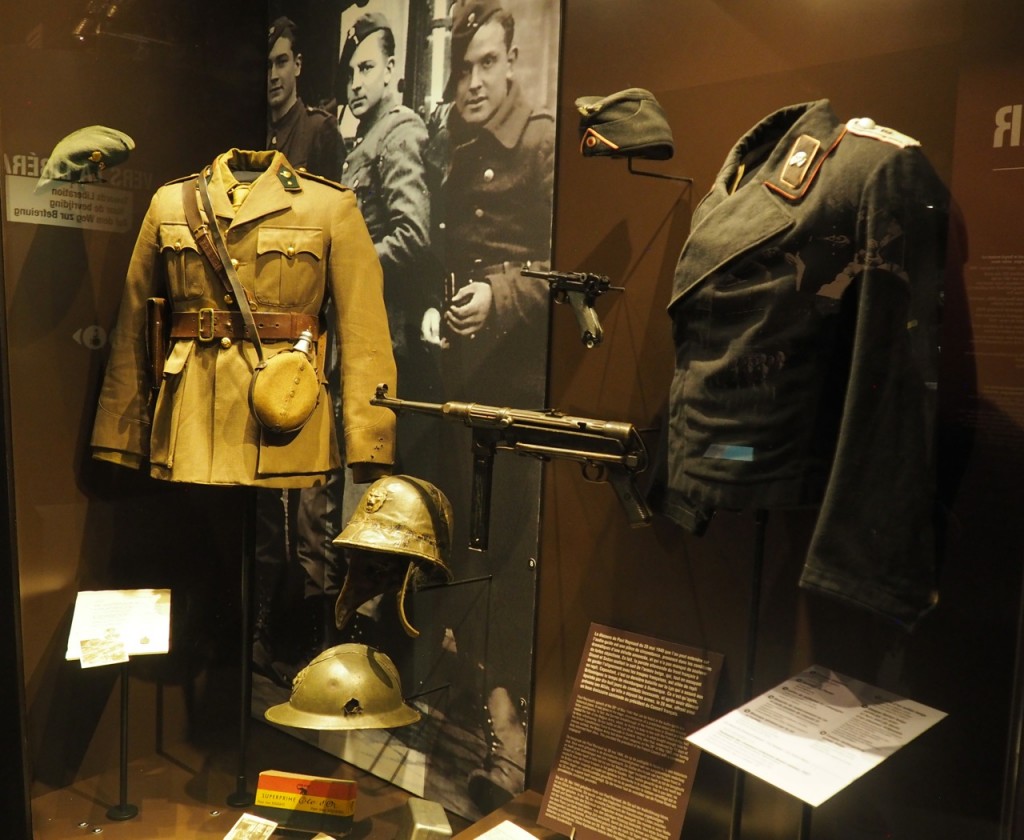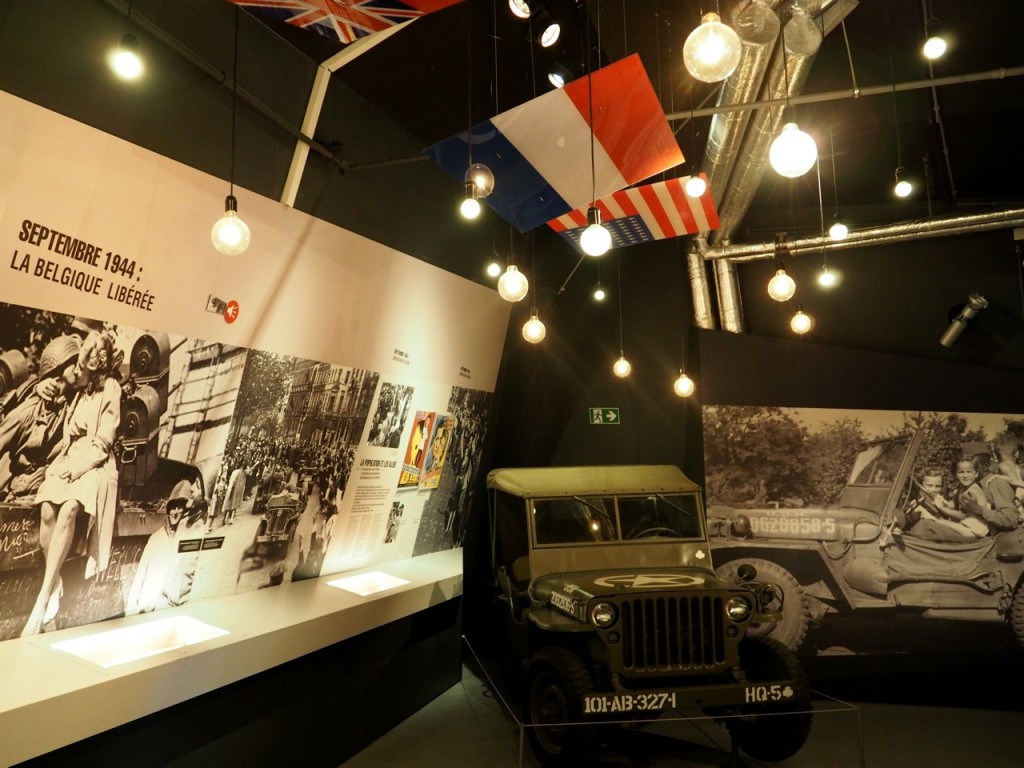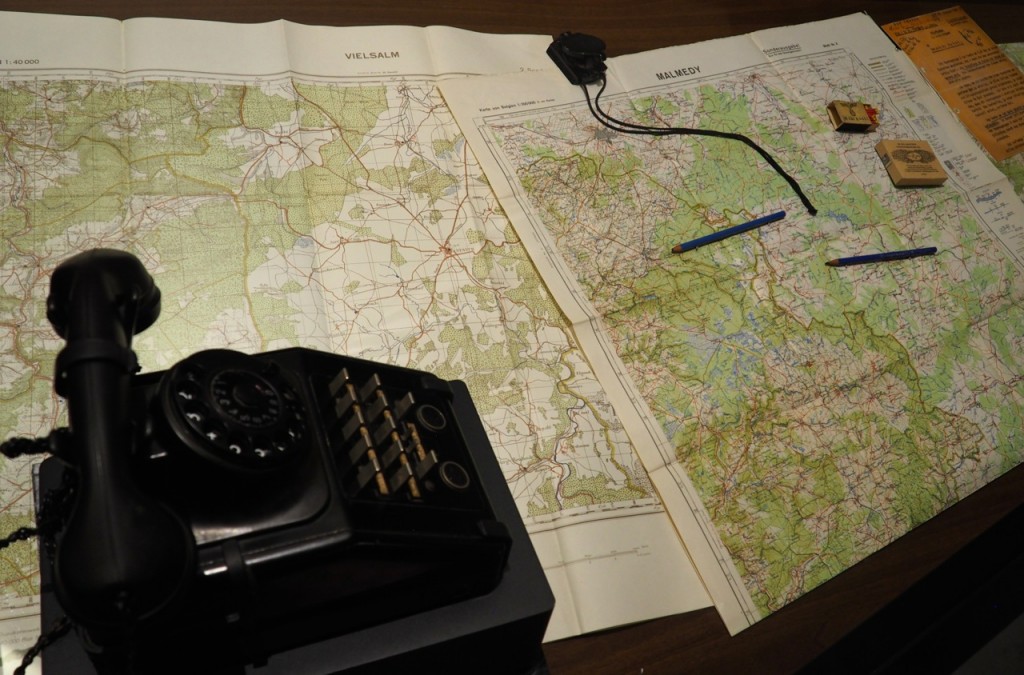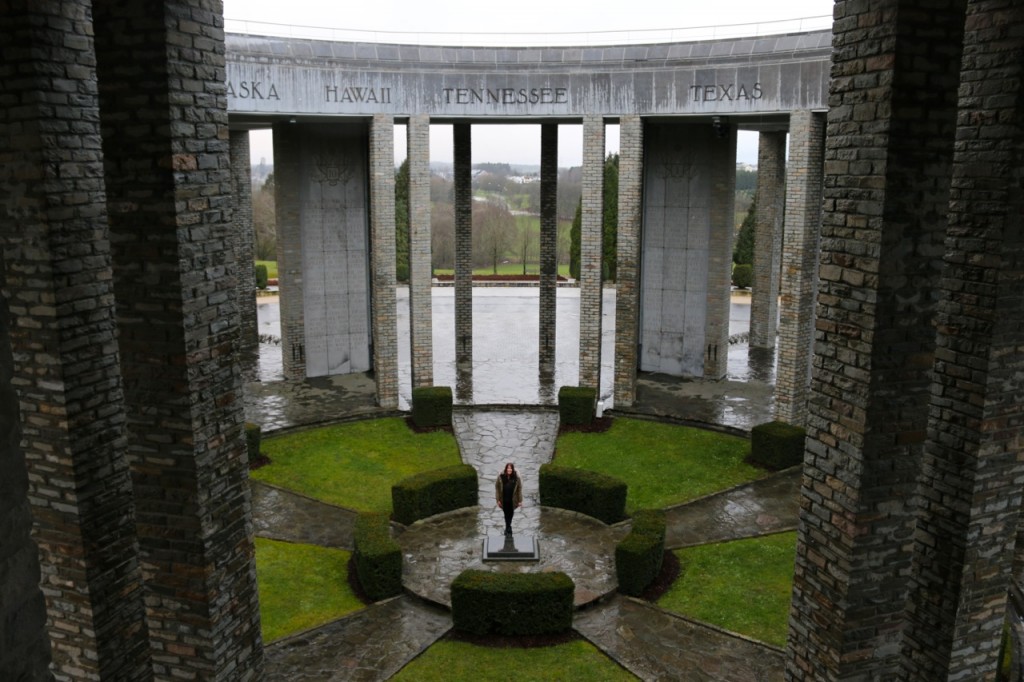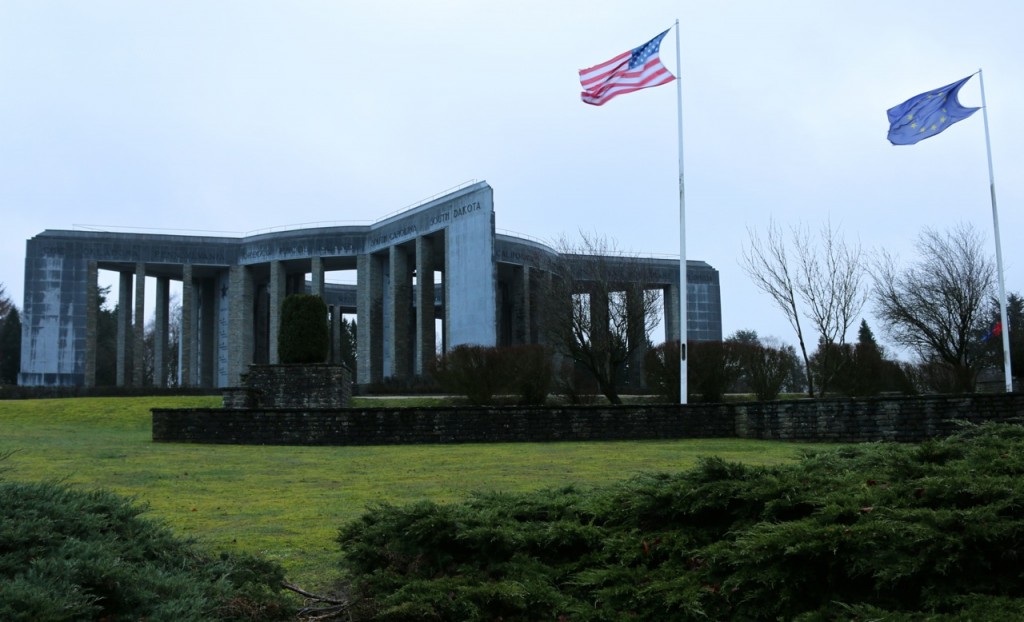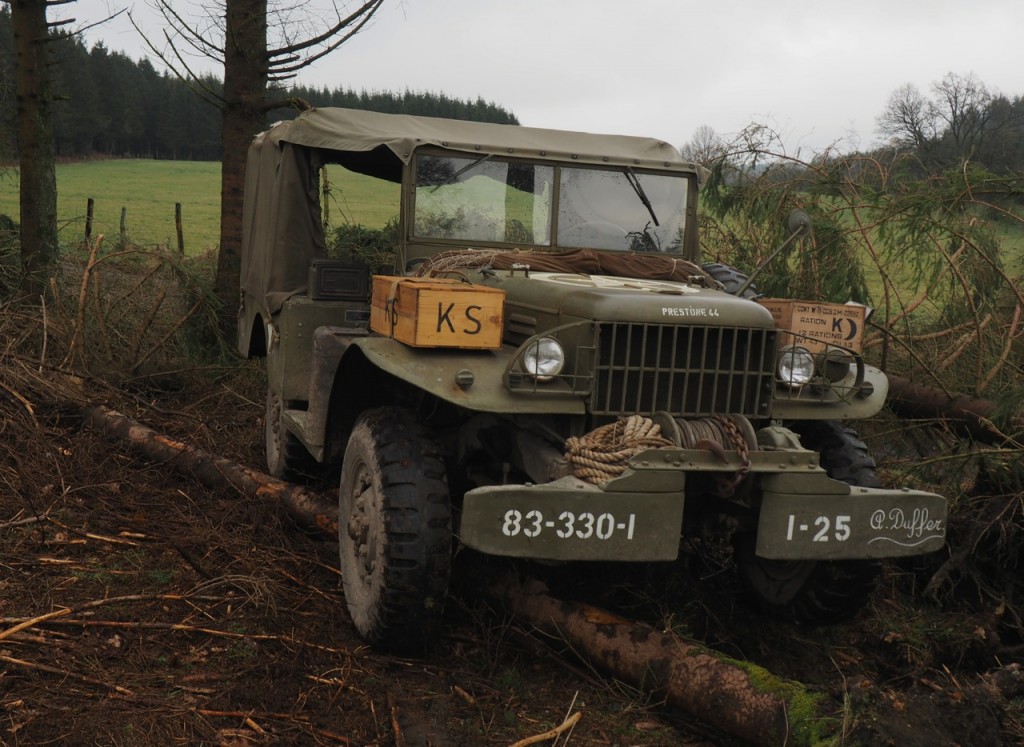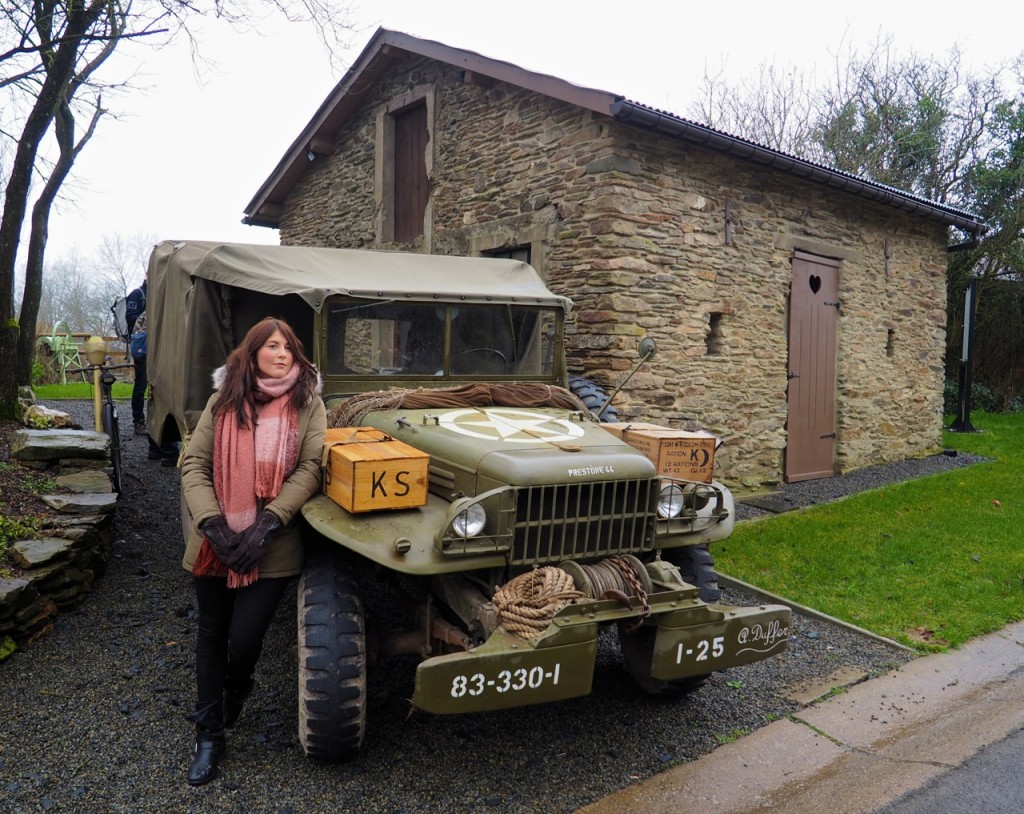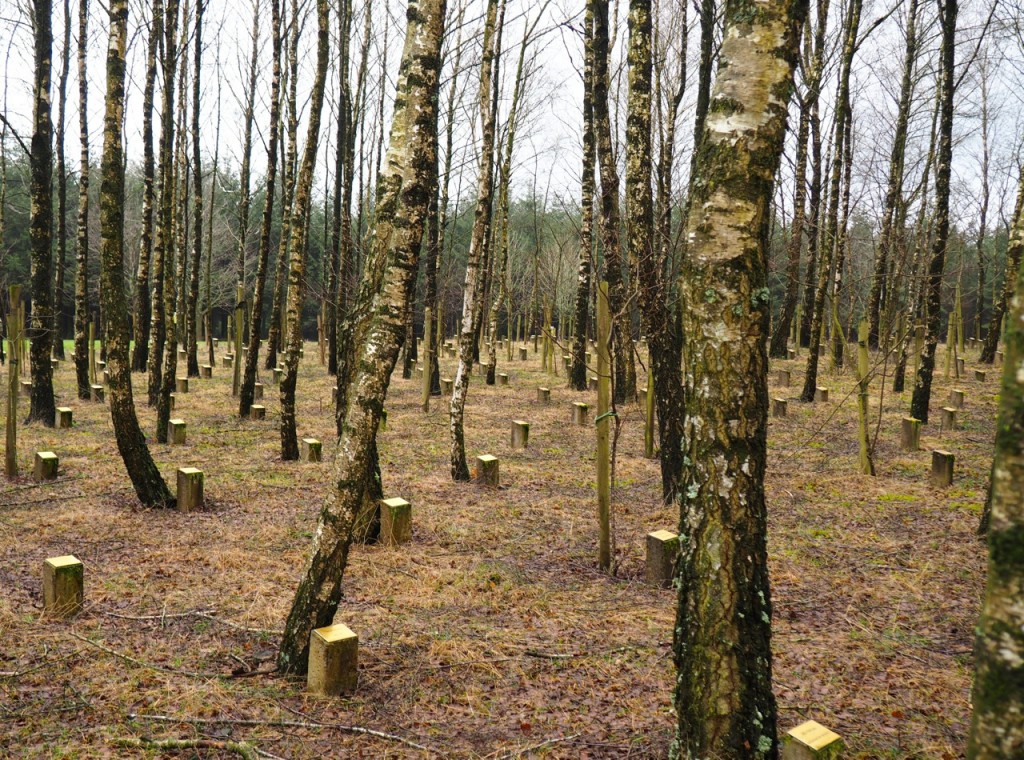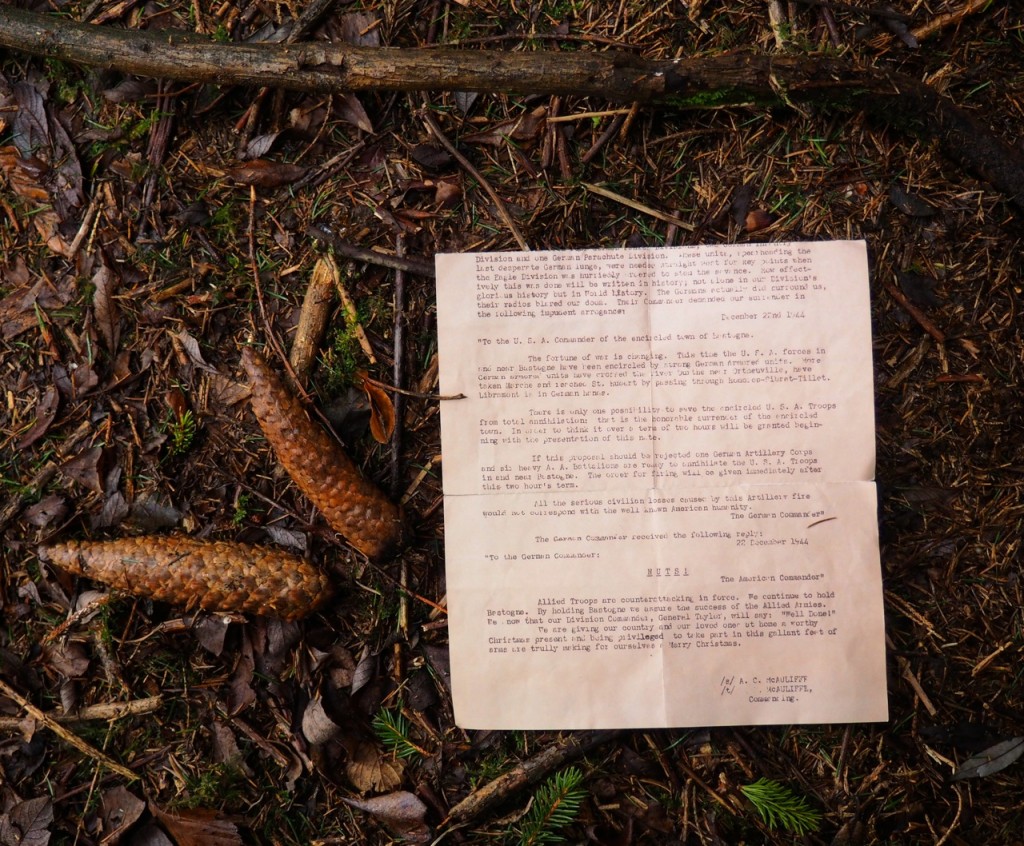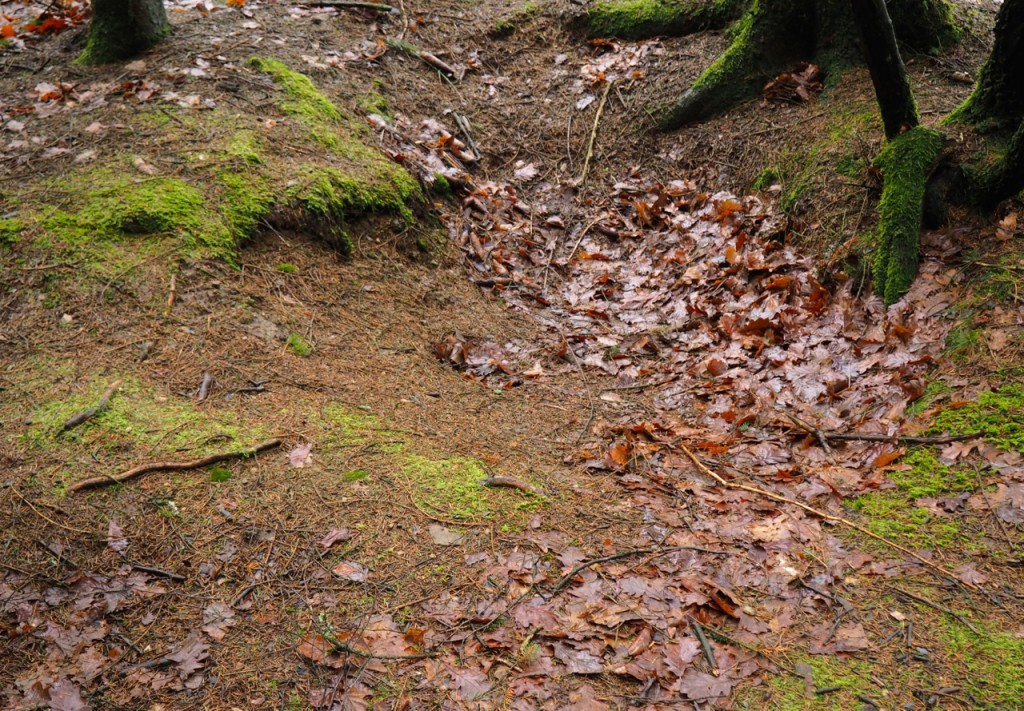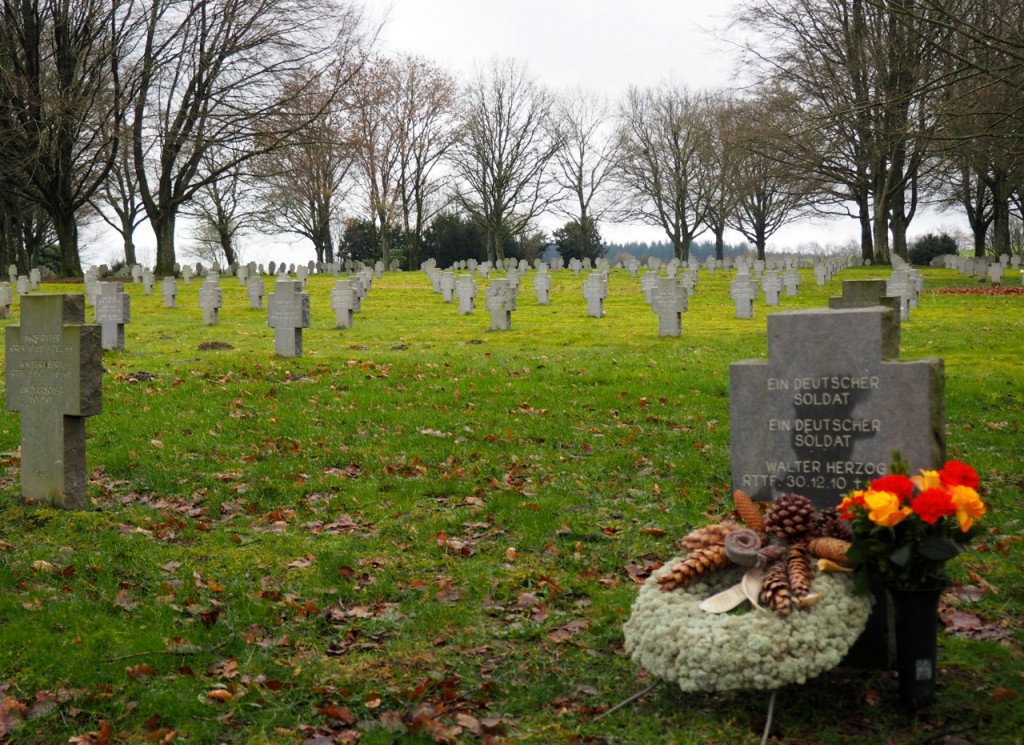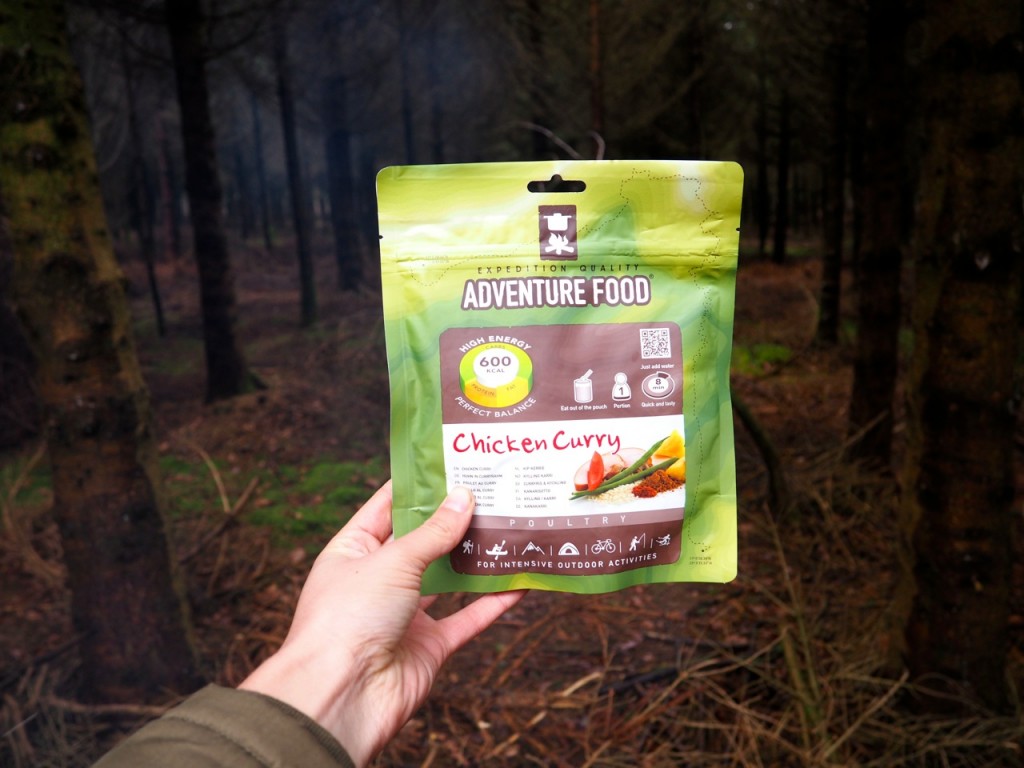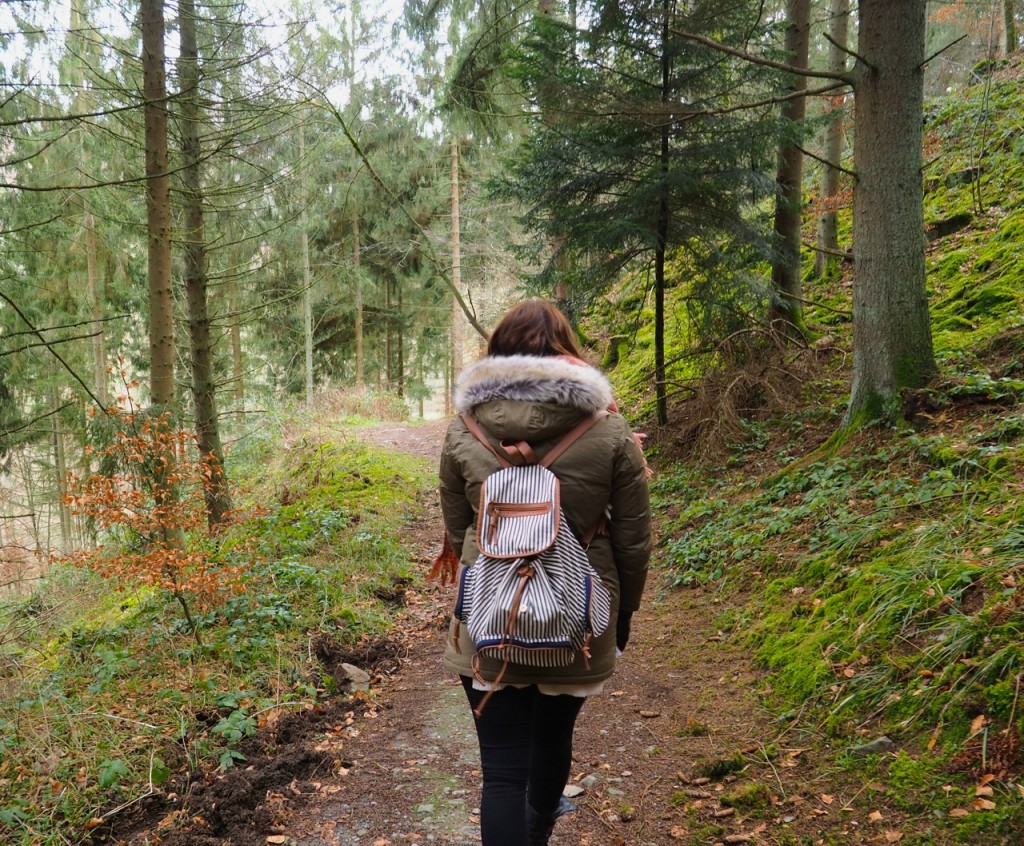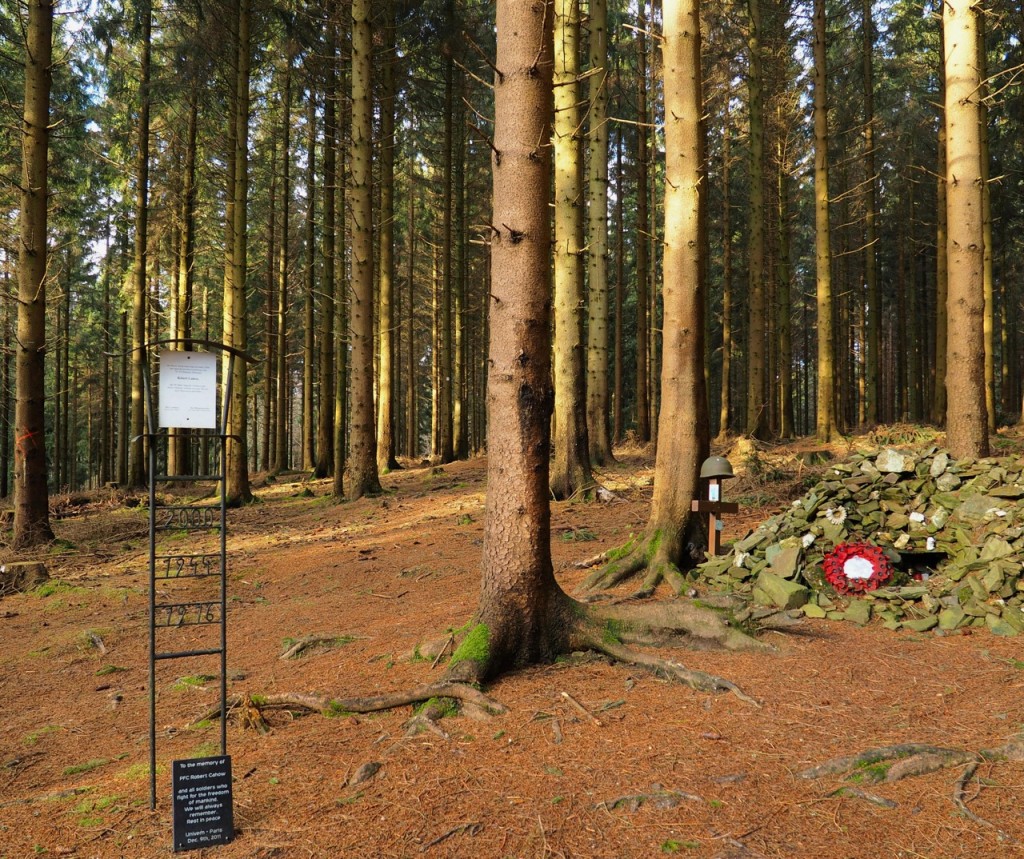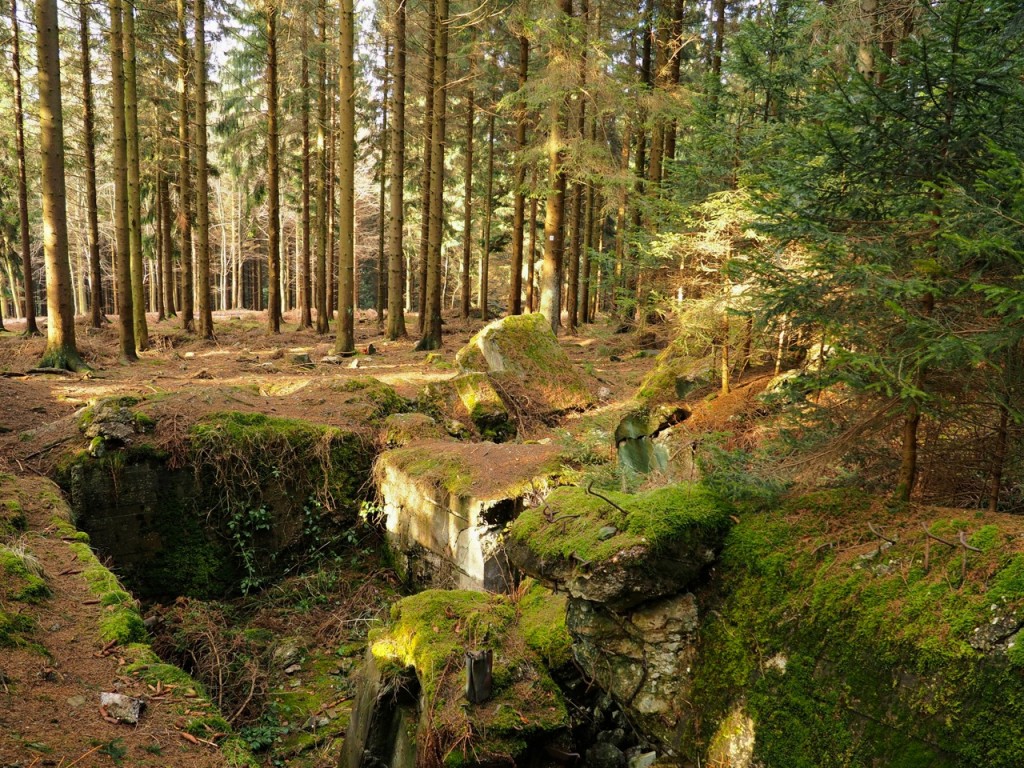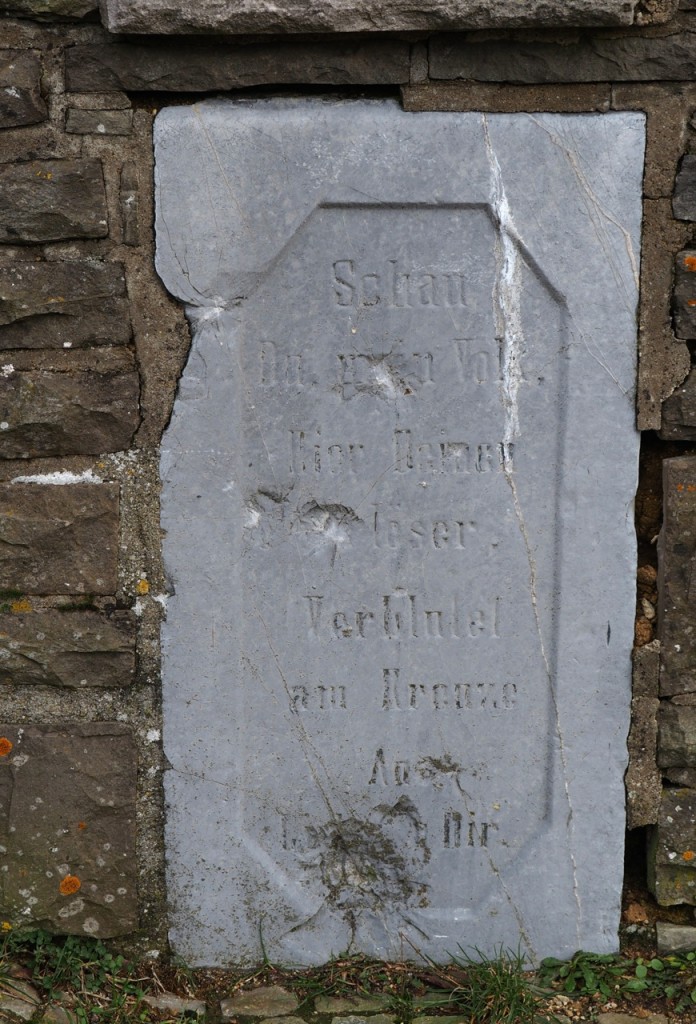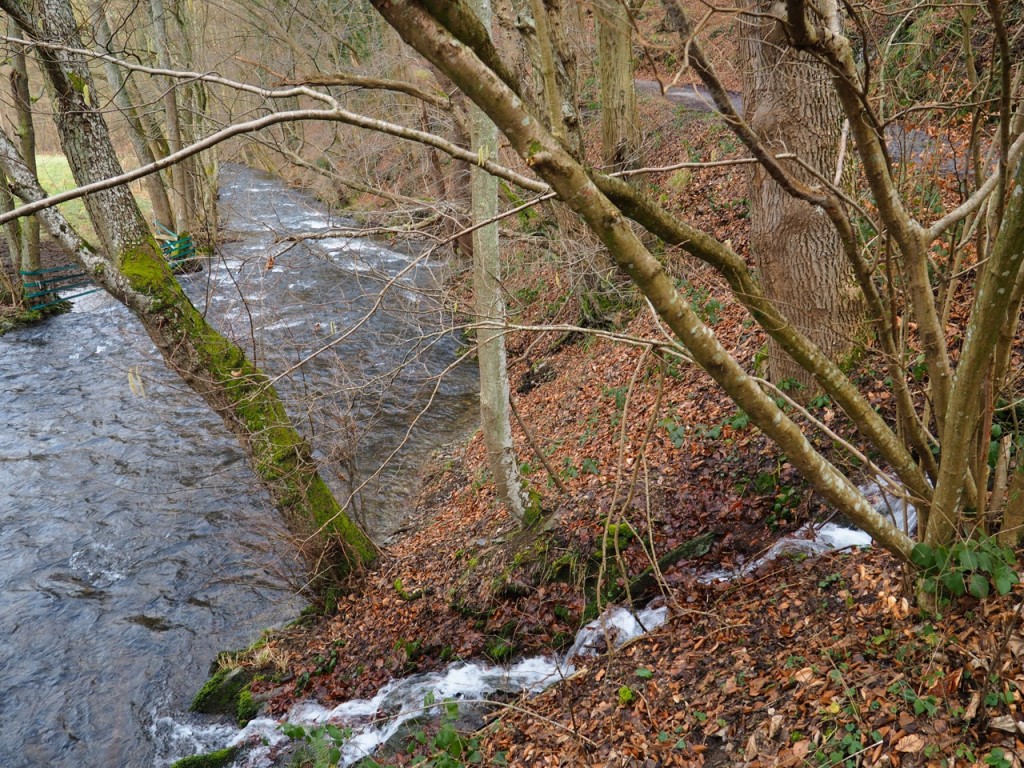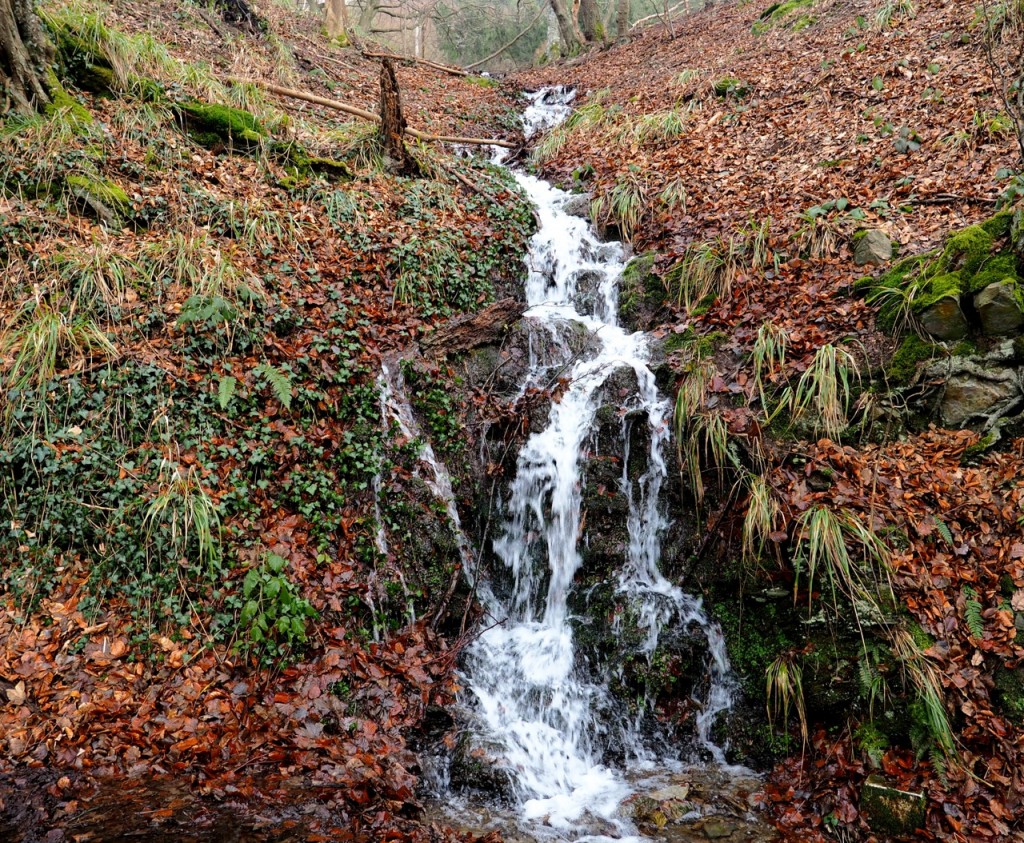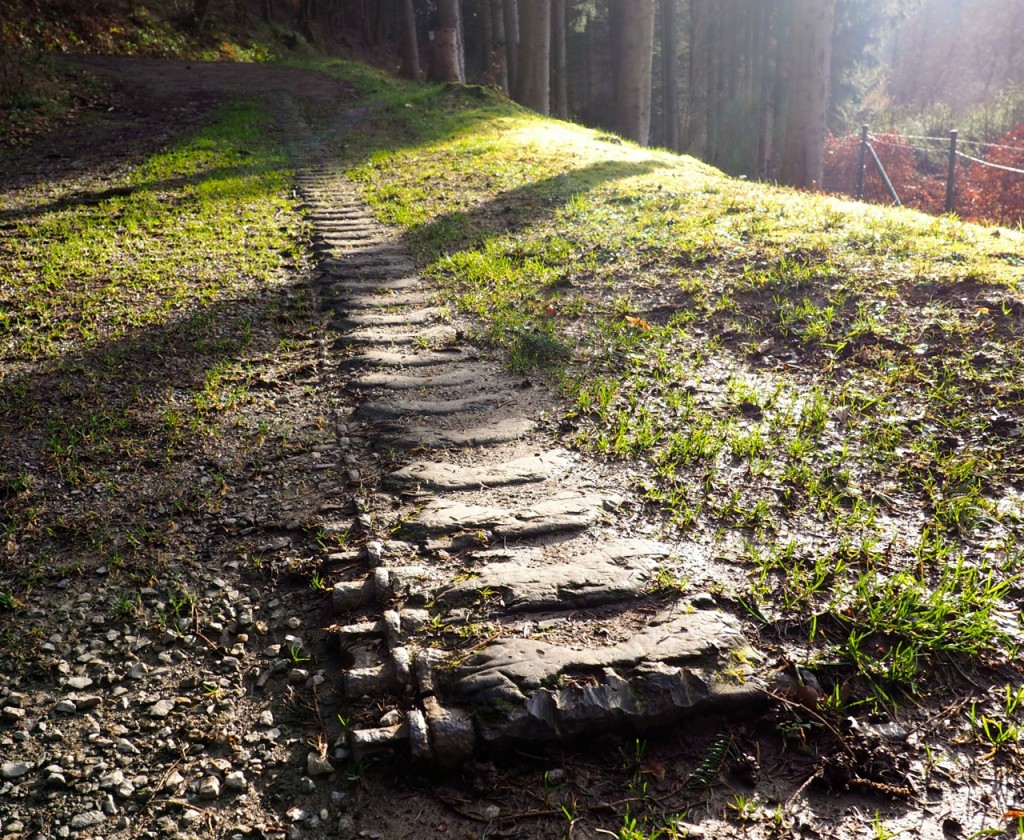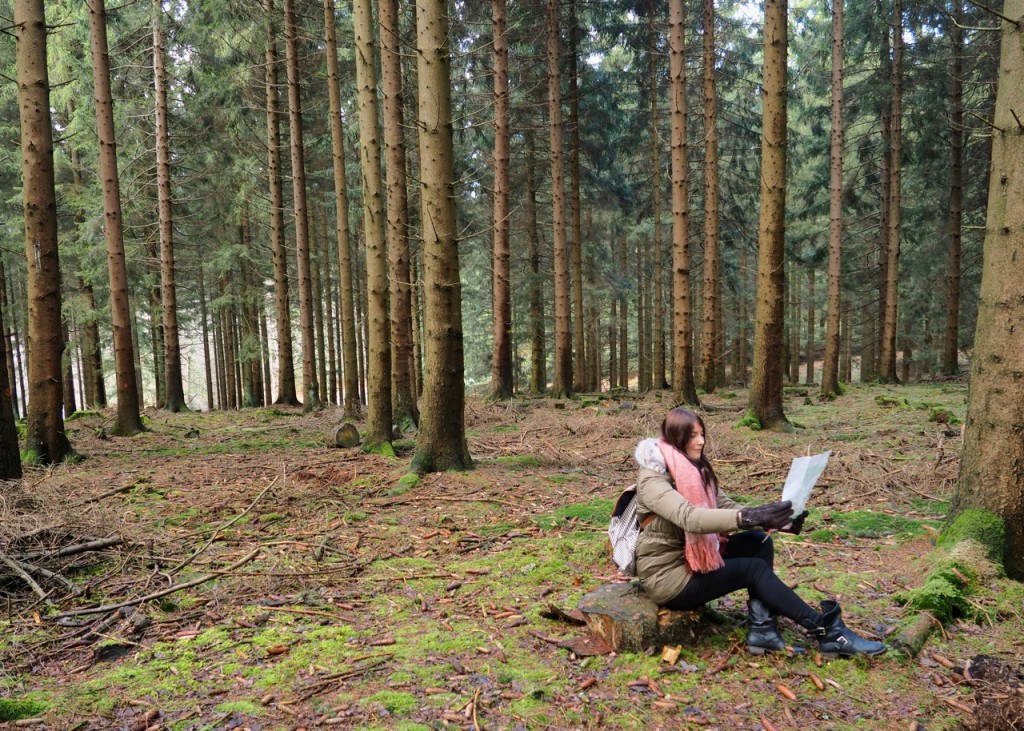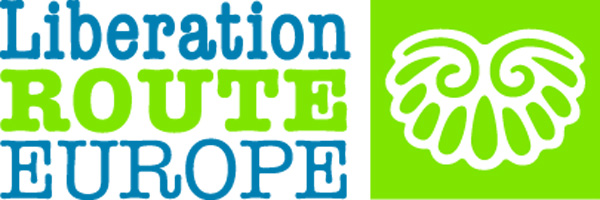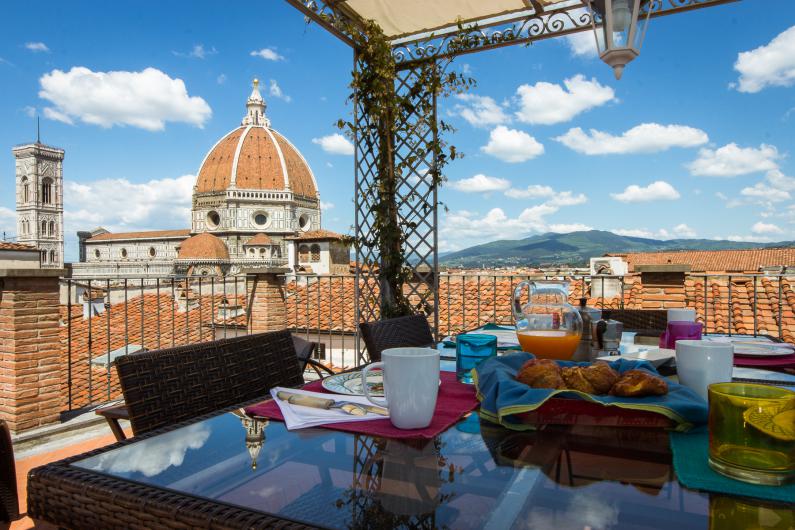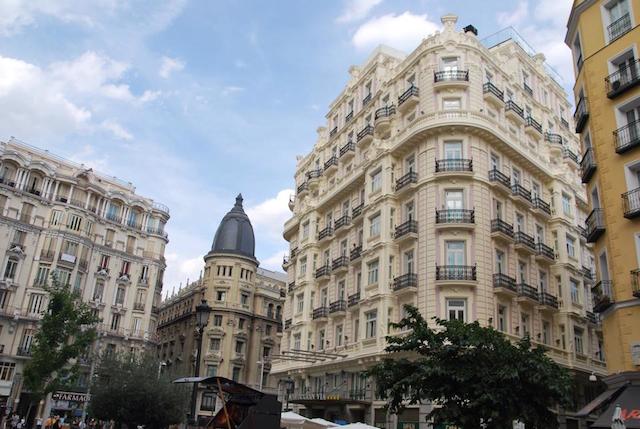If you ask me Italy is the perfect holiday destination.…
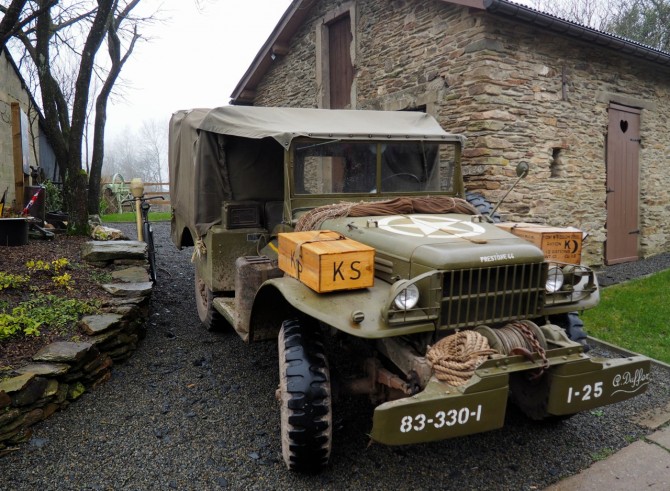
Liberation Route: Along the traces of WW2
The wind is blowing strong, rain is falling heavily and the air is freezing cold. We are crammed in the back of a WW2 truck.We are shivering, moving closer together, trying to warm each other. We are driving past a forest, through fields. Suddenly the car stops. A tree is blocking the road and we can’t drive further. What now?
I can only imagine how the soldiers must have felt back in 1944 during the Battle of the Bulge. The weather conditions on the battle field in winter were pretty much the same as we experienced it on our tour. The difference is that now it is 2016. We can move freely and don’t have to fear our lives as the soldiers had to because the enemy could have been hiding around every corner.
With a group of international bloggers from the UK, Belgium, Netherlands, Holland and Austria I was invited to travel to Belgium and Germany to experience parts of the Liberation Route. The Liberation Route goes through parts of Europe and consists of museums, memorials. historical sites and more showing the last years of the Second World War. The aim is to remember the fallen and to highlight that our freedom shouldn’t be taken for granted.
I first had my doubts joining this trip. How would it be for me as a German being from the ‘bad side’? I know that you can’t blame an entire nation for the cruelty that happened in the past, but would there still be any hate towards the Germans still today in those villages that has been destroyed during the war, villages where thousands of people have died?
For my generation the Second World War seems to be so long ago, we learned about it in school of course but we don’t feel responsible and can look at it from a distance. That would have not been the case for the generation of my grandparents: my grandma told me stories how she had to go downstairs in the cellar when the bombs where falling down over her city and my granddad even had to fight in the fields during the last months.
I decided to do the trip and visit the Liberation Route, coming with an open mind and seeing what was going to await me there.
Day 1: Bastogne War Museum
From Frankfurt I took the train to Brussels where I met the other bloggers and the team from the Liberation Route and from there we went to a small Belgian village called Marche-en-Famenne.
After lunch we went to the Bastogne War Museum, the first stop for us on the Liberation Route.
The museum covers the Second World War from its origins up to autumn 1944 and then focuses on the Battle of the Bulge.
After a quick introduction we received audio guides which were going to lead us through the exhibition. In the first room stood a big American tank- a strange sight at first.
On the wall were pictures of four characters with a short introduction: those of a little boy from the local village, a school teacher, an American soldier and a German soldier. Those four characters are talking about their experiences during the war as you walk through the museum. Listening to their stories really gave the exhibition a personal and emotional touch and was a great way to experience the museum instead of listening only to ‘dry facts’ as it is the case in other museums. I really liked the fact that they included the German side as well as often the war is portrayed very one sided.
The exhibition is very interactive and there are a lot of historical items on display from the Second World War like post cards, uniforms of the soldiers and maps. There is one room where you watch a movie in 3D, then there is another room which is designed to look like the forest where the fights happened where we watch another movie and at the end of the exhibition we go in another room that looks like a local pub, we watch the last moments of the war where people are hiding in the cellar of the pub until the war is finally over. Here the characters which accompanied us all the way meet and we find out what happened to them.
The Bastogne War Museum to me was one of the best museums that I visited about the Second World War. The way the museum is set up and the story is told it makes it a real experience and is interesting for all ages.
We also visit the Bastogne War Memorial which is located outside of the museum. It was built in 1950 in the the shape of a star and has the different states engraved to remember and honor the American soldiers wounded or killed during the Battle of the Bulge.
The memorial is very impressive because of its size and you can climb all the way to the top from where you can overlook Bastogne.
We end the day with a dinner and talk about the experience, our views, the Liberation Route and speak about blogging and traveling in general.
Day 2: Battle of the Bulge in WW2 jeeps
The next morning we meet again for a real adventure. We are dressed warmly as we are going to spend the day outside and experience the ‚Battle of the Bulge‘ on a tour in WW2 jeeps and trucks around the area of Bastogne and surroundings.
We stop at a parking lot and it really is quite a sight to see those cars standing there which are over 70 years old. We meet our guides who are going to drive us to several points. We all climb in the back of the truck and the driver starts the motor. To my surprise the car was still running.
It is very cold but that makes the experience very genuine as we experienced similar weather conditions as the soldiers out on the battle field in 1944/1945.
First stop on our tour is a museum. The little brick house was used as a hiding spot by the people of a small village and was now turned into a museum. The guide gives us some information about the museum and the history and we can still see some of the items from World War 2 that the people used, for example their kitchen utensils. Before we head out in the cold again we drink some schnaps to warm us up.
The next stop is ‘Le Bois De La Paix’ where they created a memorial for the war veterans, the soldiers that fought for freedom, in form of trees they planted for every single one and commeroative plaques.
On another stop in the forest the guide reads out a letter that the Brigadier Anthony McAuliffe sent to the German commander as a response to him demanding the surrender of the American troops in Bastogne. Their answer: ‘NUTS’. An answer which the Germans didn’t understand, but it basically translates as ‘Go to hell’.
In the forest we also spot a fox hole, a trench that was dug out during the war and was used as a defensive fighting position. Impressive is that it is still visible today.
Our end of the tour is a cemetery where German soldiers were buried. I see endless rows of gravestones, some with names on them, others just saying ‘a german soldier’ as the body couldn’t be identified anymore. I feel sad thinking about those guys who were sent there to fight, guys my age who lost their lives for a war that was almost lost.
We end our experience with a field lunch in the forest and cooked our meals above the open fire while warming ourselves up with a cup of coffee. After such an adventurous day even ‘adventure food’ is quite tasty.
For us it was now time to drive across the border to Germany to the Rureifel area. Our next stop on the Liberation Route.
Day 3: Hike through the Hürtgen Forest along the traces of WW2
We are now in the Rureifel area in Germany in the middle of the Huertgen Forest. We are staying in a small, cozy village called Kallbach to be exact. The village consist just of a small number of houses, it is a place where the fox and the hare bid each other good night. We are in the middle of nowhere where I don’t even have a phone signal.
It is hard to imagine that here in autumn and winter of 1944/1945 the longest battle of the Second World War on German soil took place. A battle that made the region appear in todays history books.
In the morning we go on a hike along the so called ‘Ochsenkopf Trail’ where we see bunkers in the middle of the forest. We do the hike with a history guide who not only takes us around but also shows texts, pictures and tells us stories from eye witnesses.
In the afternoon we go for another hike through the forest, climbing up steep hills and walk in the former contested Kallbach. The setting is in fact beautiful and peaceful, there is a little river running through the forest, we spot a small waterfall. Did the battle really happen here? Yes! And you can still see things that remembers the bloody battle like the ‘Drachenzahn’ of the Westwall or a hole in a stone plate which got hit by a bullet.
Summary of the trip
For me the entire trip was a very moving and an insightful experience and I have learned a lot. I believe that by learning about historic events from books that they can provide you with information but it will always stay one thing- an event from the past. But if you see the places where those events actually happened and realize that 70 years ago in that area were brutal battles, when you still see artifacts from that time and speak to contemporary witnesses and hear their stories how it was for them back then, that’s when history comes alive and reaches people personally.
What really moved me during the trip was that ‘the Germans’ were’t portrayed as the bad guys, the Nazis. Our guides highlighted often that in fact a small number were Nazis and a lot of people fighting on the battle fields were forced to go and simply followed orders. They were victims just as the American or Belgian soldiers. When we were standing on a graveyard where German soldiers were buried and I read how old they were when they died, the youngest being 16 and the majority being in there 20s just like me, that’s when I got goosebumps and had tears in my eyes.
Especially nowadays with the political situation being so unstable in a lot of parts of the worlds, with all the wars and the fighting that is happening at the moment it is important to remember the history and learn from the mistakes that generations before us made. Our freedom should’t be taken for granted and this is something we should stand up for.
“History cannot give us a program for the future, but it can give us a fuller understanding of ourselves, and of our common humanity, so that we can better face the future.” – Robert Penn Warren
About Liberation Route Europe
The Liberation Route Europe is a continuously growing, international remembrance trail that connects important milestones of modern European history and focuses on the last years of World War 2 and the liberation by the Western Allied Forces. Points along the route can be museums, walking tours, memorials etc. in countries like Germany, Belgium, France, Netherlands, UK and Poland.
In case this got you interested and you want to have a similar experience or make a different stop along the trail I can recommend you to download their app and have a look on their website.
Find out more: http://liberationroute.com
Traveler’s Litte Treasures was invited by Liberation Route Europe, however my opinion is as always, my own.
